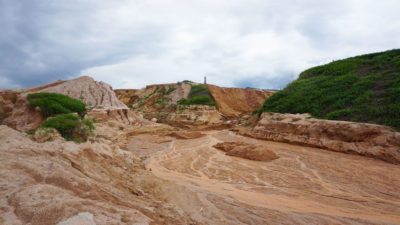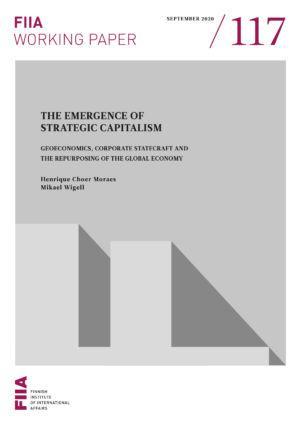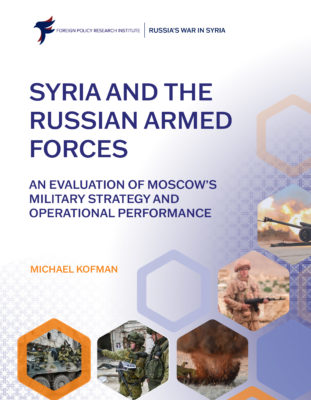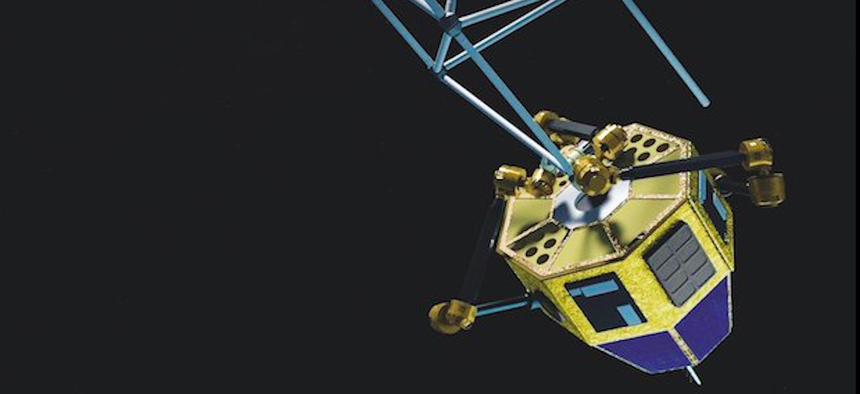Michael E. O’Hanlon
Perhaps sensing electoral doom and looking for a Hail Mary, President Trump recently tweeted that U.S. troops in Afghanistan should be home by Christmas. This radical departure in U.S. plans came a day after his national security advisor, Robert O’Brien, had announced that American forces in Afghanistan would decline to some 2,500 by early 2021. That was already a big additional cut, as it would halve the previously decided number and represent a more than 97% reduction from the peak U.S. strength of the early Obama years.
Now we are supposedly aiming for zero before the end of this year. It is not yet clear if Trump’s tweet amounts to a hope, a plan, or an order — but as commander in chief, he might well have the power to insist on execution of such a decision unilaterally, even if Congress tried to override his decision.
Predictably, the first to congratulate Trump on his tweet were Taliban leaders, who were already interpreting the February 29 accord they signed earlier this year with Trump to require a complete U.S. departure by May 2021. If he is willing to move up the date by five months, and make sure that a President Biden could not revisit that idea, all the better, they likely reckoned. Never mind that the Taliban, according to the U.N., retain ties with al-Qaida elements like the Haqqani network that technically put them in noncompliance with the February 29 accord themselves. Never mind that violence in Afghanistan, initiated by the Taliban, remains undiminished, violating the spirit if not the letter of that same agreement.












